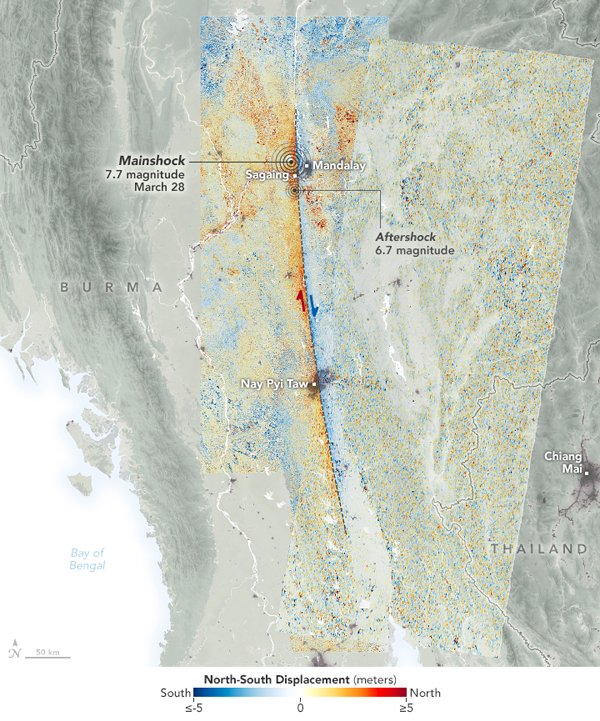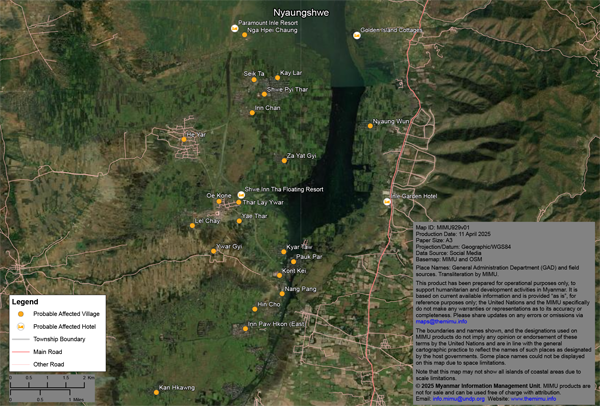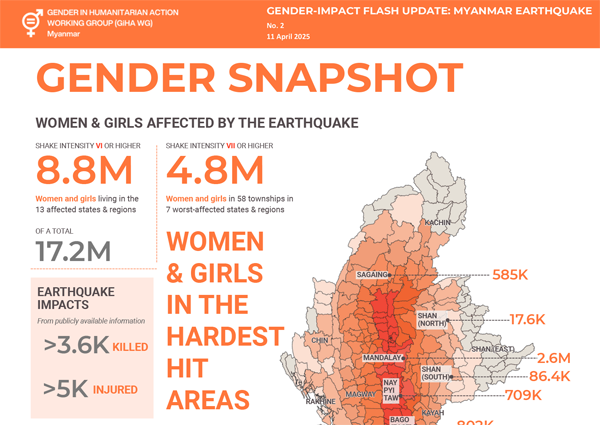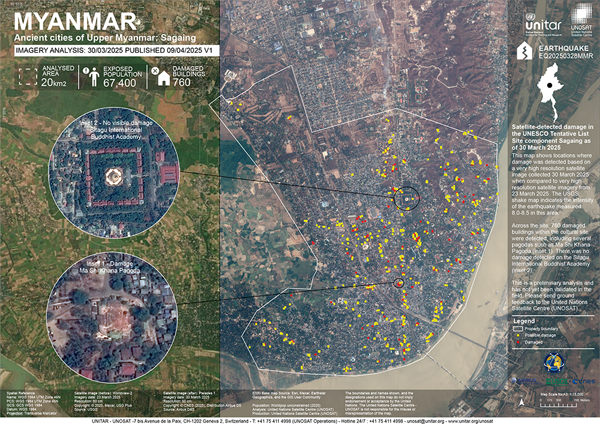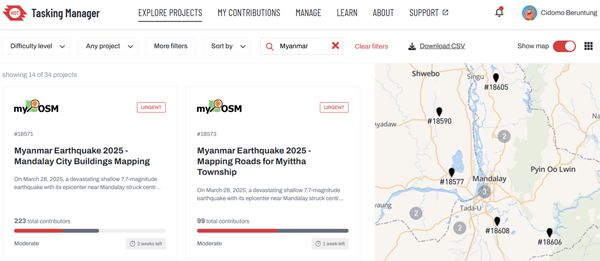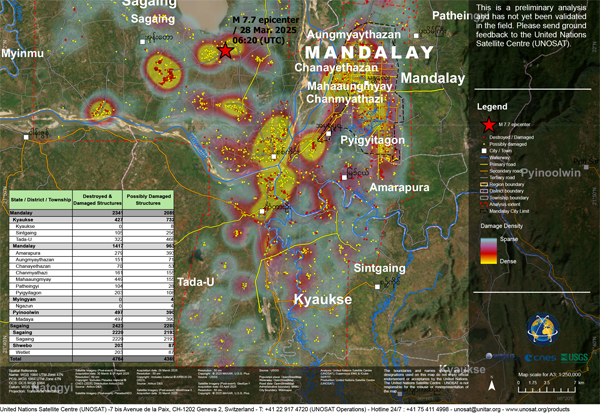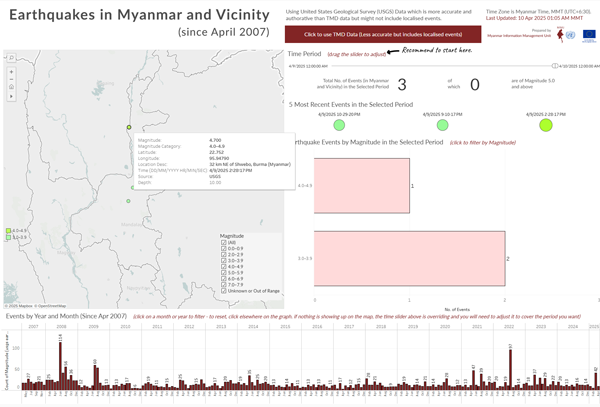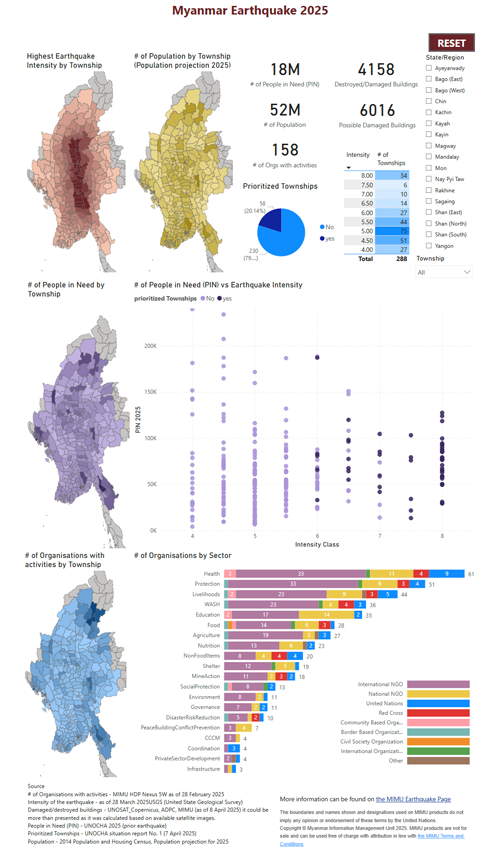As you are aware, we have been compiling all reports, maps, publications, and related materials on the 2025 earthquake.
As part of our longstanding Assessment Tracking Exercise, we’d like to request your inputs on any completed, ongoing, or planned assessments and surveys related to the earthquake. Just like in the regular exercise, this emergency request aims to support coordination and avoid duplicative assessments, which can strain limited resources and burden affected communities.
We will reach out to assessment focal points in the coming days. In the meantime, please share your information through the offline Excel form, or if you are already a MIMU contributor, use the online web form along with the provided guideline.
We understand the sensitivities around certain assessments. As with the regular tracking exercise, non-public reports will not be published on the MIMU website. Only anonymized and aggregated data (e.g., number of assessments in a particular township) will be recorded.

